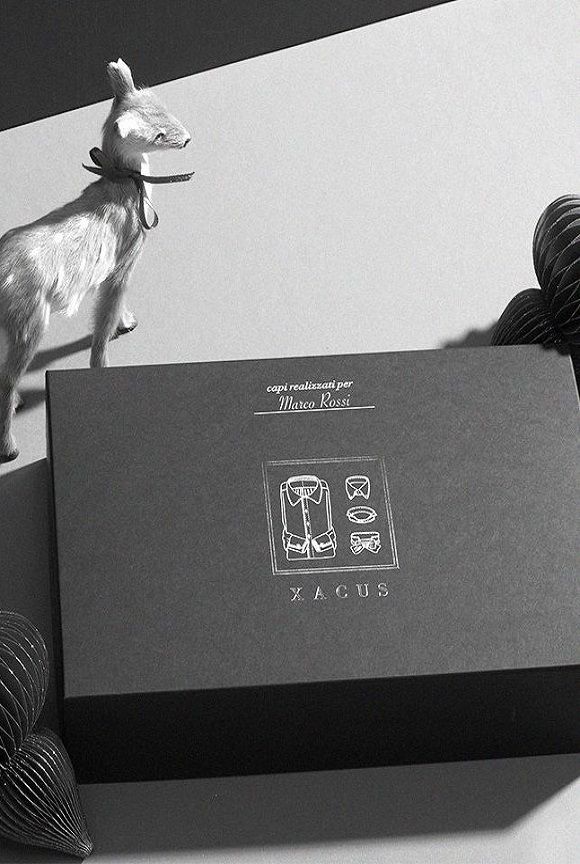Four in hand, Windsor and half Windsor knot
Every tie knot is different from all the others: not only in terms of the steps to be taken in order to achieve it, but also for how it looks and the style and way in which it is worn. Ties can be knotted in many different ways, some more common than others: discover the best kinds of shirt with which to match them, the most suitable types of tie to use and the ones that will enhance the shape of your face most effectively.
Four in hand knot
Also known as the simple knot, this is the most common way of tying a tie. By crossing the tail (the narrow part of the tie) over the blade (the wide part), an asymmetrical knot that resembles a slightly tilted letter “V” is formed. The four in hand is perfect with narrow and button down collars due to its small size: it is also ideal for those with large faces. This knot is most effectively created using thin ties and those featuring traditional designs, such as stripes, and patterns with small repeated motifs. It is a versatile choice for informal occasions, so use it to give your look a more casual touch.
Windsor knot
Invented by the Duke of Windsor, George V, it is a symmetrical knot which, once tied, can be regulated by holding it with the thumb and extracting the tail of the tie. It is a little more complicated than the previous knot and since it needs to be crossed over several times, it must be tied using ties at least 4cm longer than the standard length. The Windsor knot is wide and therefore more ostentatious: it therefore enhances round, square faces and those of men with beards. As it is the most formal knot, it is the ideal choice for ceremonies, and looks better when created with silk ties, preferably in dark colours. Perfect with Windsor or Italian collars, this knot makes your outfit look bold, confident and elegant.
Half Windsor knot
If you’re looking for a simpler way of tying your tie that is not too casual, look no further than the half Windsor. It entails fewer crossovers than the previous knot and is therefore suitable for ties of a standard length, and also chunkier ties, such as those in tweed. The half Windsor is symmetrical and best worn with pointed or button down collars, so you can wear it to the office or on all those occasions when you want to look professional.
Now, choosing the perfect tie knot will be much easier. There is no need to know how to tie a wide variety of knots: gaining familiarity with these three options alone will suffice when you need to choose the right knot to suit the situation or the look you wish to achieve.

